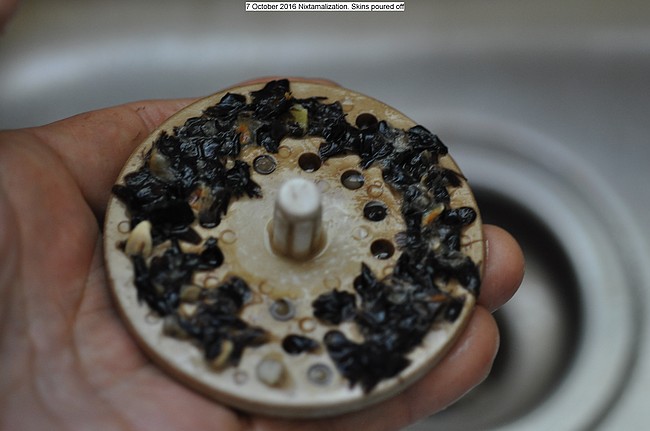How do I control the blight on my tomatoes? I'm not getting any fruit because of this. The leaves have the classic bull sign. The leaves are rapidly turning the yellow brown and dying.
What do I do? I had no problems with blight at first. I am using the same soil but I had it in the compost bin before reusing it.
How do I prevent this? Do I use a copper fungicide? I was alternating between milk and baking soda but it's not working.
It's VERY hot, humid, and wet here. Do you think that's the cause? If the soil is infected, wby do people recommend mulch? Isn't the blight going to kill the plant because the roots are also underground?? I'm confused.
What do I do? I had no problems with blight at first. I am using the same soil but I had it in the compost bin before reusing it.
How do I prevent this? Do I use a copper fungicide? I was alternating between milk and baking soda but it's not working.
It's VERY hot, humid, and wet here. Do you think that's the cause? If the soil is infected, wby do people recommend mulch? Isn't the blight going to kill the plant because the roots are also underground?? I'm confused.




